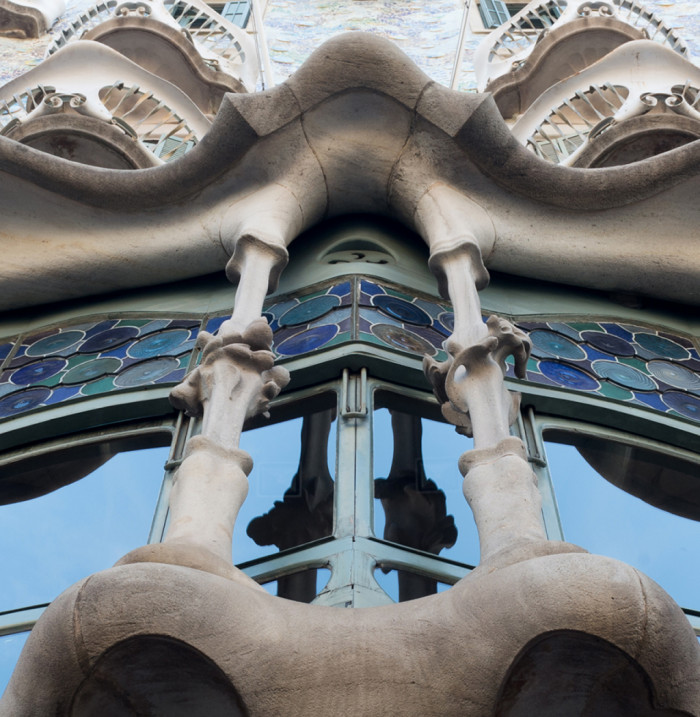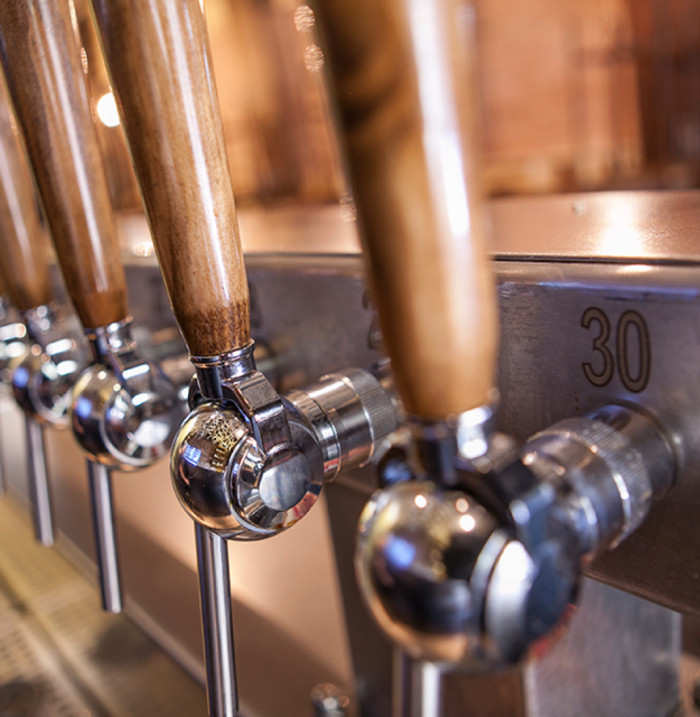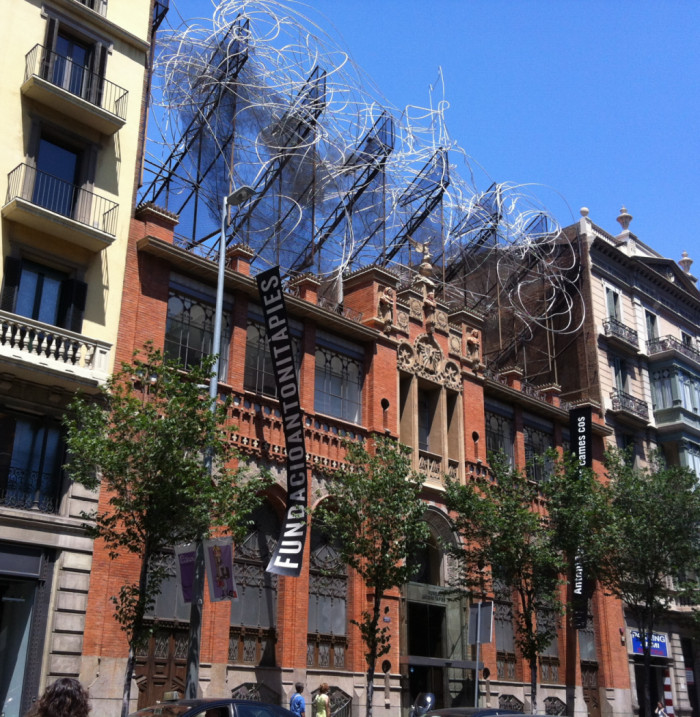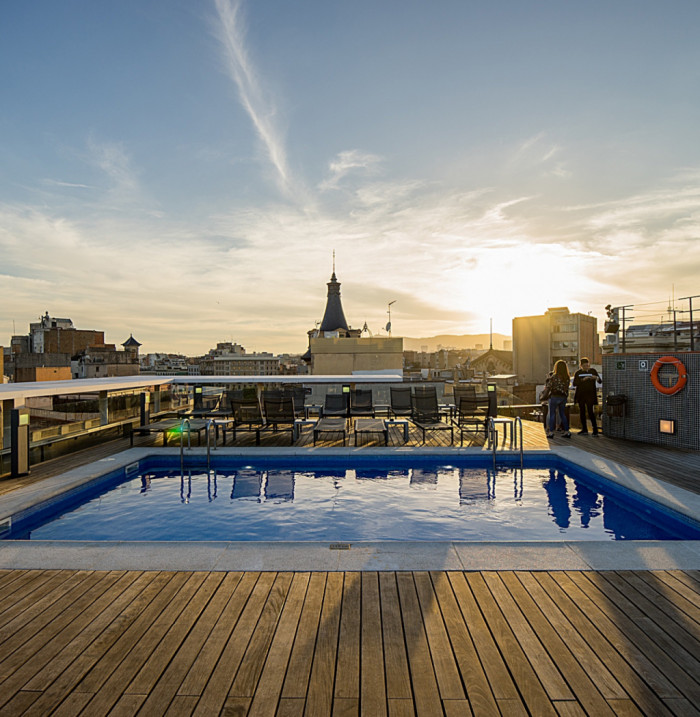- Architecture
- Culture
The Hospital de la Santa Creu i Sant Pau came into being in 1401 with the merging of six hospitals of Barcelona.
Metro: L5 (Blue) - Sant Pau | Dos de maig
L4 (Yellow) - Guinardó | Hospital de Sant Pau
Bus: H8, 19, 47, 117 & 192
The modernist pavilions of Hospital de la Santa Creu i Sant Pau (Hospital of the Holy Cross and Saint Paul), designed by the great architect Lluis Domenech i Montaner, are one of the best examples of Barcelona architecture of the early twentieth century. The importance of this masterpiece is to combine the function as a hospital with its most artistic design, following the natural shapes and forms that often inspired the Catalan modernist architects.
The origin of the Hospital de la Santa Creu (Hospital of the Holy Cross) dates back to 1401, when it was decided to merge into one single building all the small hospitals existing in the city of Barcelona. An imposing Gothic building was built in the Raval to host the new city hospital, under the auspices of King Martin the Humane of Aragon, Valencia, Majorca, Sicily, Sardinia and Corsica. For more than 400 years, the hospital continued expanding and renovating its main building, but by the mid-nineteenth century it was already needed a major expansion and modernization, which was impossible to accomplish in the ancient medieval building.
Coinciding in time, Pau Gil i Serra, a Catalan banker living in Paris, died in 1896, leaving part of his huge fortune to the city of Barcelona, with the purpose of building a new hospital under the protection of St. Paul. Joining the need for renovations at the Hospital de la Santa Creu and the last will of the banker, the City decided to start the construction of a new hospital, which would be called Hospital de la Santa Creu i Sant Pau, occupying 9.000m² on an empty field near the Sagrada Familia.
The new hospital project was commissioned to Lluis Domenech i Montaner, who distributed all medical facilities in 48 pavilions, all of them linked by a network of underground passages, designed to protect patients from the weather. Works on the new hospital began in 1902.
Finally only 27 pavilions of the 48 planned were built, but each pavilion is unique and different from the rest. The stained glass, sculptures and gargoyles, friezes by Pau Gargallo, paintings and mosaics decorate every corner of the hospital.
In year 2000 began the construction of a new large building, with the purpose of the progressive substitution of all services located in the old modernist pavilions. It was a hospital until 2009, and after a process of rehabilitation and adaptation, some pavilions have become the headquarters of important international entities such as the United Nations University or the World Health Organization.
The ancient medieval building of the Hospital de la Santa Creu is home to Biblioteca de Catalunya (Library of Catalonia) and Institut d'Estudis Catalans (Catalan Studies Institute).











Just up the Av de Gaudi from Sagrada Familia is this spectacular peaceful haven where you can relax away from the crowds at the Sagrada. It is an old art nouveau hospital that has been refurbished. On arrival the awesome central facade with a huge clock tower greets you. Inside the 26 rooms (not all were open) have beautiful ceilings and you get a history of the hospital. There is an immaculate ward laid out as if it is awaiting new patients. There are displays of old medical equipment including an old x-ray machine, operating implements and even an original Boots the Chemist inhaler. There are sculptures and mosaic panels and colourful ceramic roof tiles. The grounds are well laid out with plants, citrus trees and shady trees to sit under and relax.
The beauty of this former hospital has to be seen to be believed. Catalan modernism and neo gothic masterpiece by Lluís Domènech i Montaner is well presented with plenty of English language translations and a great audio guide. Well thought out and administered.
The architecture and decoration will blow you away. Well worth the trip.